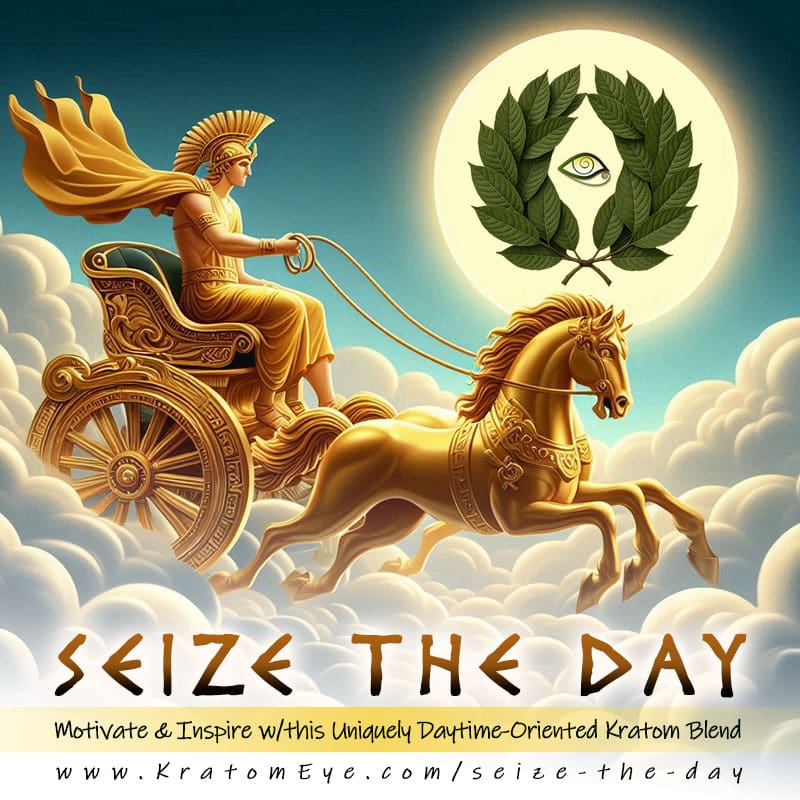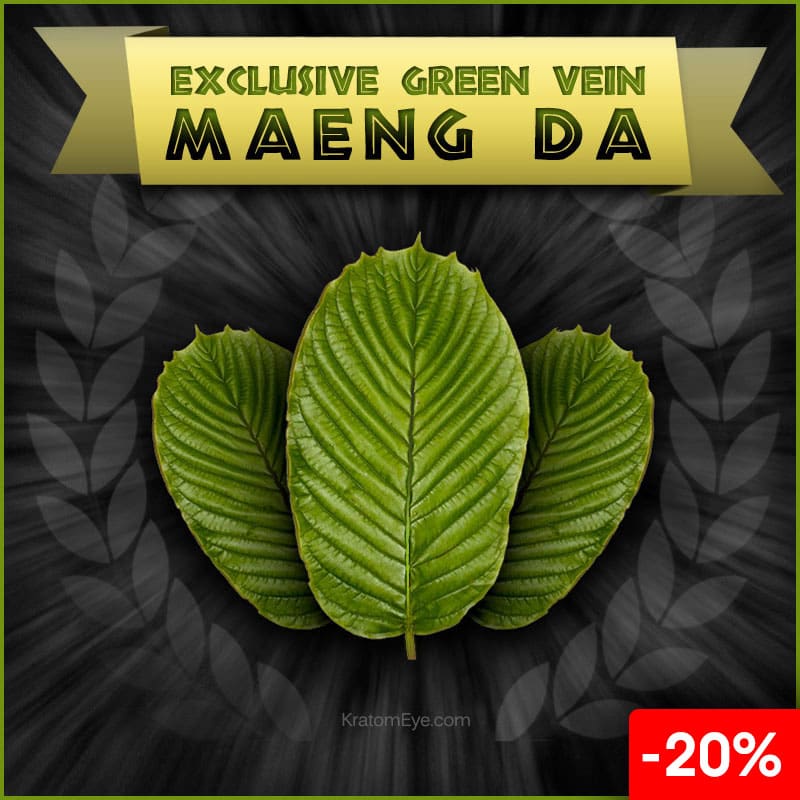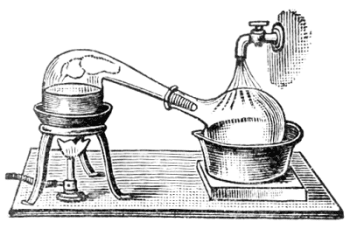 There are a number of ways to approach herbal aromatherapy but in our opinion, our favorite method is to extract the essence of the plant (kratom) into an essential oil. In order to do this, you must embark on a bit of alchemy and make use of a still. We have provided some basic info from our friends at www.Copper-Alembic.com below:
There are a number of ways to approach herbal aromatherapy but in our opinion, our favorite method is to extract the essence of the plant (kratom) into an essential oil. In order to do this, you must embark on a bit of alchemy and make use of a still. We have provided some basic info from our friends at www.Copper-Alembic.com below:
The Egyptians were the first to distill plants in an effort to extract essential oils. Since then methods of extraction have evolved and diversified. Essential oils may be obtained from various parts of the plant: petals, roots, shoots, plant sap, leaves or bark. Depending on the type of plant in question the essential oil molecules may be located in different parts of the plant and so the extraction methods would also vary.
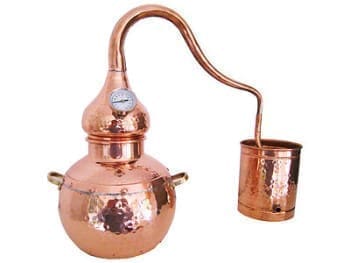 Essential oils are characteristically volatile, that is they evaporate rapidly when exposed to air and are insoluble in water. Extracting essential oils before they evaporate can be tricky. Various methods of extraction exist. The more industrial methods are rather elaborate but home made methods of extraction can allow you to extract your very own essential oils.
Essential oils are characteristically volatile, that is they evaporate rapidly when exposed to air and are insoluble in water. Extracting essential oils before they evaporate can be tricky. Various methods of extraction exist. The more industrial methods are rather elaborate but home made methods of extraction can allow you to extract your very own essential oils.
Distillation: is undoubtedly the easiest and least expensive method of extraction which continues to be used by the most prestigious perfume houses for the extraction essential oils. The essential oils are vaporized in alembic pots (see steam distillation) and then finally condensed back to liquid. There are various options for distillation besides the traditional alembic or alquitar with which you can create your very own heavenly aromas to infuse your mind and body with positive energy. Any of the following distillation units are suitable for essential oil extraction:
 – Distilling Appliance Stills
– Distilling Appliance Stills
– Traditional Alquitar Distiller Stills
– Split Top Rotating Column Copper Alembic Stills
(see our step by step instructions for Lavender essential oil)
– Soldered Copper Moonshine Alembic Stills
– Traditional Riveted Alembic Stills
– 1982 Portuguese Arrastre de Vapor distilling system
Cold pressed: This is a widely used method for extracting essential oils from citrus fruits such as lemons, oranges, bergamots, tangerines and limes. The advantage of this method is that plants are not subjected to high temperatures although some vital water-soluble components may be lost in the water. Essential oils, extracted using this method have a relatively short shelf life. To try this at home, peel the rind from your selected fruit, where the essential oils accumulate, and set aside. Cut up in small pieces and place on a linen or cotton cloth. Crush as much as possible, on a clean wooden cutting board, and allow to run off on the cloth into a small bottle which should be airtight to prevent vapors from escaping.
Solvent extraction: for this method solvents are used to extract essential oils from organics. Extraction with solvents may be by means of any one of these methods.
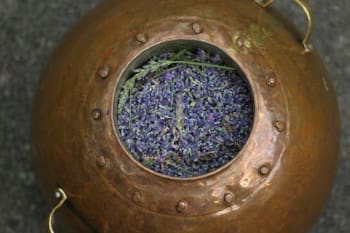 Maceration: to extract essential oils using this method macerate your favorite flowers (jasmine, rose or honeysuckle) until they fully infused in the carrier oil. A simple way of doing this would be to place 1 part flower petals and 2 parts carrier oil (Almond oil or sunflower oil) in a copper recipient and heat this infusion at a low temperature for 3 hours. Finally, filter the flowers from the infusion, squeeze them to extract any remaining liquid and place the resultant solution in a cool place away from sunlight.
Maceration: to extract essential oils using this method macerate your favorite flowers (jasmine, rose or honeysuckle) until they fully infused in the carrier oil. A simple way of doing this would be to place 1 part flower petals and 2 parts carrier oil (Almond oil or sunflower oil) in a copper recipient and heat this infusion at a low temperature for 3 hours. Finally, filter the flowers from the infusion, squeeze them to extract any remaining liquid and place the resultant solution in a cool place away from sunlight.
Enfleurage: a traditional method often used to extract essential oils from delicate flowers such as rose or jasmine which involves placing successive layers of petals on a glass plate covered with warm fatty oils (lard or wax was once used). These glass plates are subsequently placed one on top of another. After some weeks the spent flowers are removed and replaced with fresh ones. This fragrant fat is then soaked in alcohol so as to absorb the essential oils. The alcohol is separated from the fat and allowed to evaporate leaving behind the concentrated essential oils. This process is very costly and laborious though still used for the production of perfumes.
Carbon dioxide extraction: this is a very recent method of extraction using lower temperatures than that of distillation and is therefore less aggressive for the plants. The plant material is placed in a closed stainless steel tank and injected with carbon dioxide, increasing the pressure in the tank. When subjected to lower temperatures, carbon dioxide liquefies and can be used as a liquid solvent. The carbon dioxide reverts back to gas once the pressure decreases leaving behind the essential oil.


